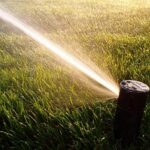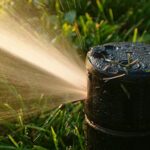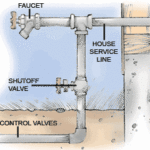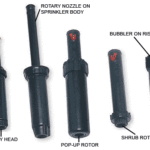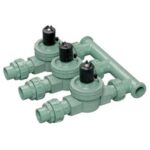This is an expert guide about connecting sprinklers to your home’s water supply. Learn to connect faucets and supply lines, prevent backflow, and connect to water sources.
A new sprinkler system will need to be connected to your home’s cold water supply. If existing pipes will need to be cut, you may want to hire a plumber; otherwise, don’t forget to turn off the water before you get to work.
If you live in a mild climate, you only need an outdoor faucet to connect to. If that doesn’t provide enough flow, or if you live in a colder region where outdoor pipes may freeze, you will need to connect the system to your home’s main supply line.
Connecting at an Existing Faucet
You won’t have to cut pipe if you connect your sprinklers to an outdoor faucet. Start by turning off the water supply and draining the faucet; then remove the tap. Install a galvanized or brass tee, making sure to use the right size for the faucet and the irrigation pipes. Put the faucet back on again, and then use a nipple (a length of pipe that has threads on both ends) to connect the shutoff valve to the tee.
Connecting at the Main Supply Line
Make sure to turn off the water before the location where you plan to cut into the pipe. To make a connection aboveground, cut out a short piece of pipe in the supply line, install a slip tee, and attach a nipple to the stem for the shutoff valve.
Preventing Backflow
It’s important to prevent debris from washing back into your water supply when you attach a sprinkler system to the main line. Backflow preventers come installed into anti-siphon control valves.
Use a vacuum breaker at the start of the system if you’re using in-line valves, or put one on the end of the faucet if you’re installing a single-circuit system that connects to the hose bibb. In any other situation, a reduced-pressure principle backflow preventer installed before the valves on the main line (at least 12 inches above ground) is necessary.
Connecting to Other Water Sources
You can use water from a well, pond, or stream for your irrigation system the same way homes connect to city water. The first thing you need to do is determine the water pressure and flow rate.
To find a well source’s water pressure, simply place a pressure gauge on the wellhead pipe. Most sprinkler systems need between 30 and 50 pounds per square inch to operate efficiently; if you don’t have at least 30 psi, install a more powerful pump or add a booster.
To measure your well water flow rate, turn on an outdoor faucet and let the water run until the pump comes on and remains on. Put a 5-gallon bucket under the water and time how long it takes to fill. Divide the number of seconds by 60 and then by 5 to determine the gallons per minute. If it’s below 10 gpm, you may want to install a drip system instead since it uses less water.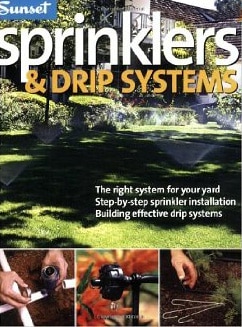
If you have water rights to a pond or stream, have the water tested to make sure it’s safe for plants, humans, and animals. Unless the water source is uphill from your yard, install a pump to move water toward your landscape. You may also need a filter to screen out sand, algae, and other debris that can clo your irrigation system.
![]()



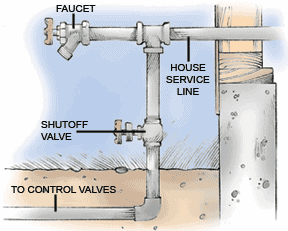
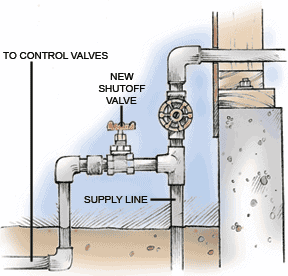
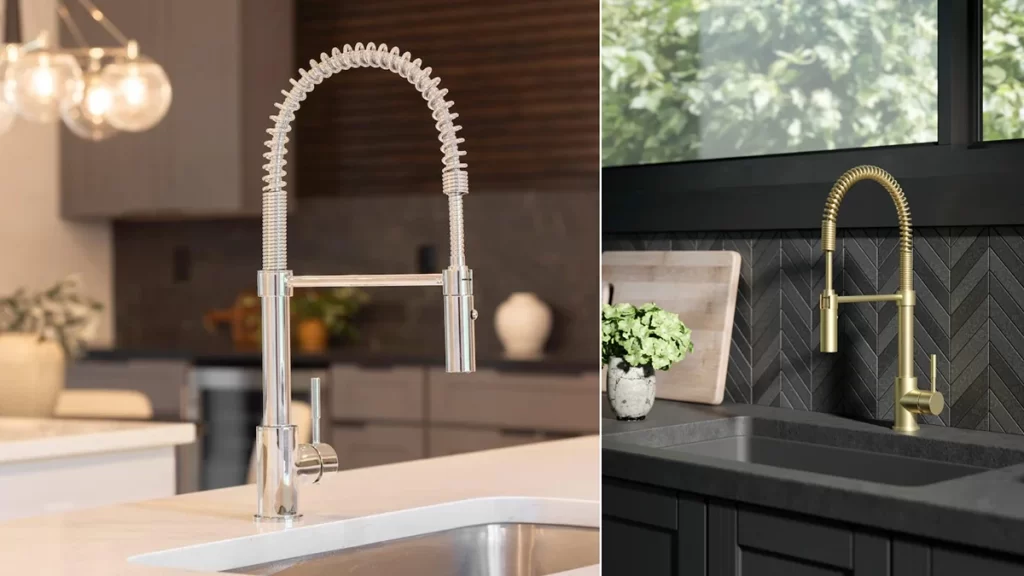
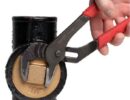
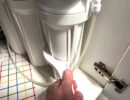
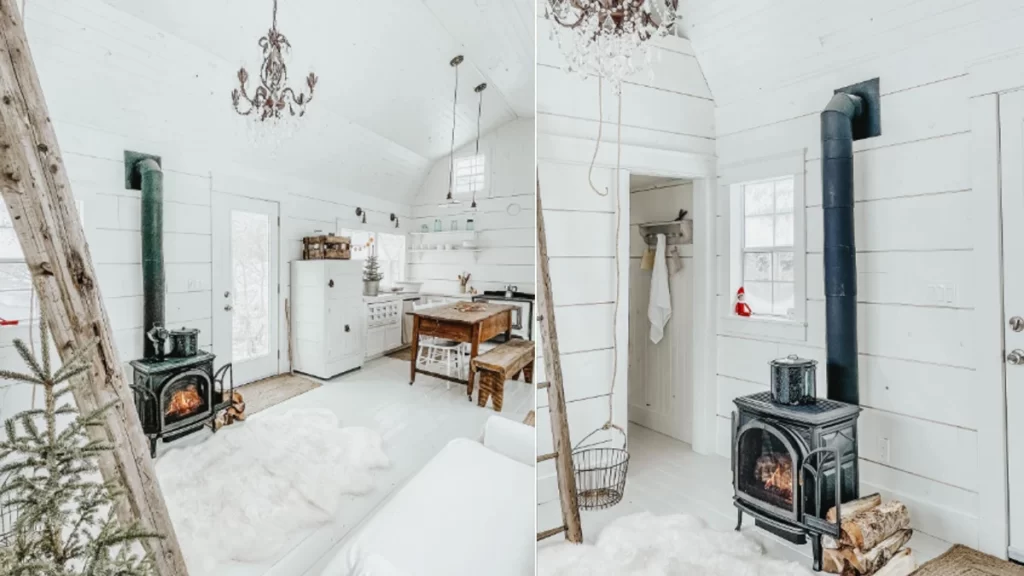
 Don Vandervort writes or edits every article at HomeTips. Don has:
Don Vandervort writes or edits every article at HomeTips. Don has:
